New plans to transform La Perouse headland into Sydney’s next cultural hub
RANDWICK Council has plans to transform the La Perouse iconic headland into ‘the Greenwich of Sydney’ — a day trip of cultural and historical tourism.
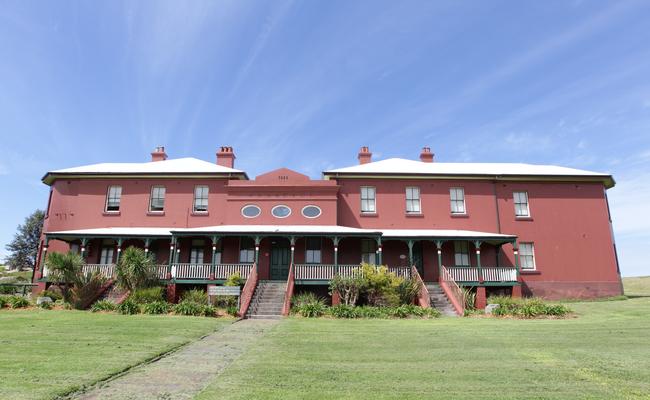
Southern Courier
Don't miss out on the headlines from Southern Courier. Followed categories will be added to My News.
- La Perouse to Kurnell ferry route revival
- Bare Island to be transformed for tourism
- Crumbling La Perouse museum saved
LA PEROUSE is set to emerge as Sydney’s next cultural precinct.
Randwick Council, which is now in charge of the museum and headland, has prepared a business plan to breathe new life into the historic stretch of coastline.
The plan has the potential to transform La Perouse into Sydney’s version of London’s Greenwich — a cultural day trip out of the urban centre.
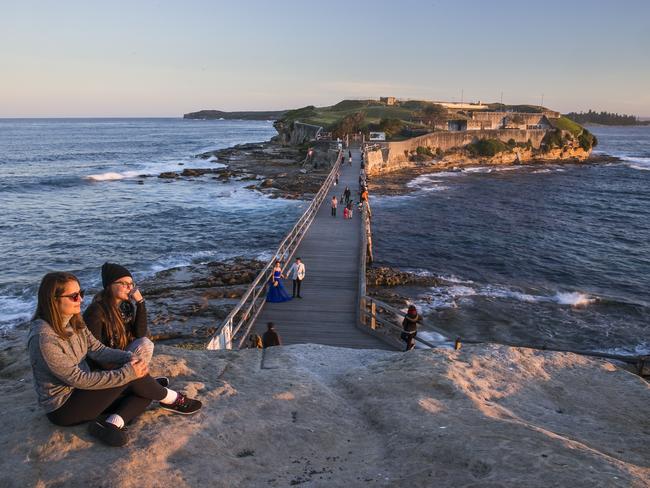
Randwick’s mission is to transform La Perouse Museum (once a cable station connecting Australia with the rest of the world) into the highest calibre cultural institution, reinvigorate other key assets along the headland and commission five significant art pieces to attract local and international tourism.
The vision for the museum reads: “A recognised and significant regional museum exploring Australia’s past and connecting with the present to create pathways for the future.”
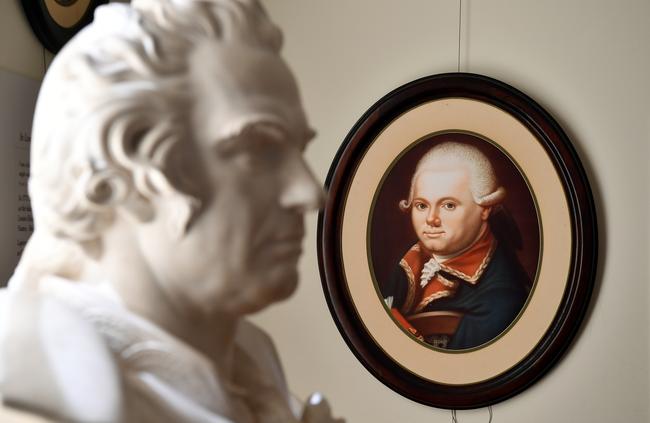
Goals include bringing the museum back into a fit condition, preserving the collection, creating new facilities such as a museum shop and a restaurant/cafe and developing a new suite of public and educational programs.
There are a number of issues the council will have to overcome, including a lack of parking and public transport to the headland.
But the area’s opportunities far outweigh its issues.
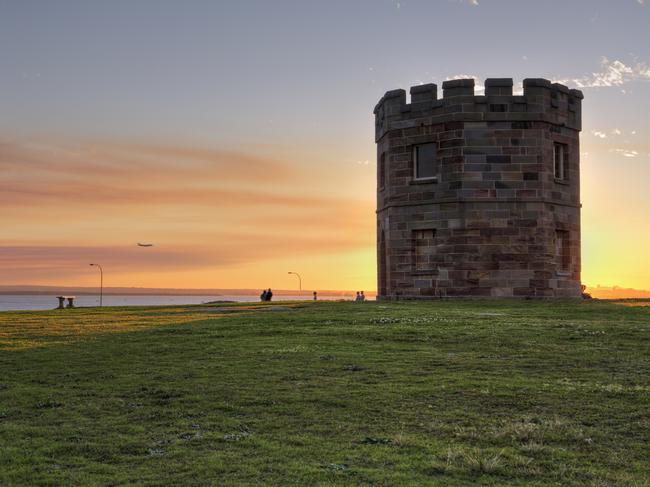
The walking trail from the museum to the Endeavour Lighthouse is a drawcard, providing spectacular views along the coast, lined with attractions such as Bare Island, the La Perouse Monument and the Macquarie Watchtower, key portals to the past.
In addition, the future Botany Bay ferry service and La Perouse wharf will provide a link between the north and south peninsulas of Kamay Botany Bay National Park.
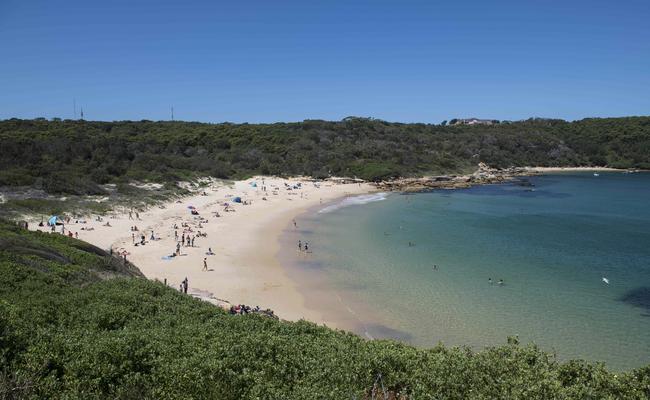
And finally, the headland is uniquely positioned in that it shares indigenous, French and British culture.
Randwick Council and UNSW have also partnered together to prepare a federal grant application for five significant artworks at La Perouse.
La Perouse Museum’s curator Roxanne Fea said the partnership had resulted in five “really innovative concepts”.
“The art will be progressive and interactive, putting the museum on the map,” she said.
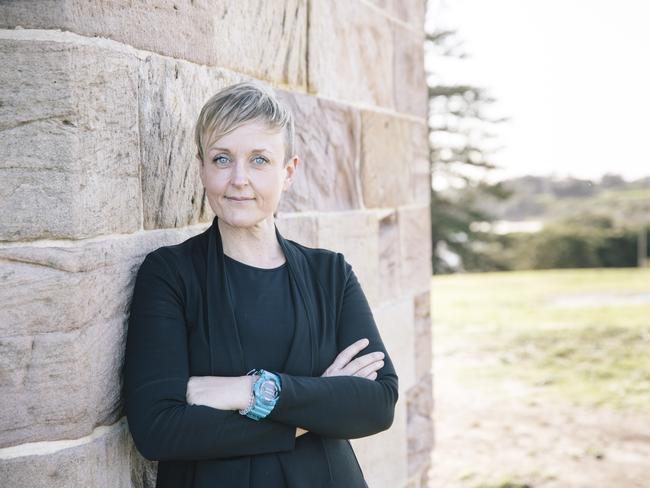
The Australian Research Council Grant, if successful, would be worth $420,500 and support a partnership with renowned artist Allan Giddy and architect Richard Goodwin.
The UNSW art and research team has put forward six project ideas, based around the main themes of the museum.
Each project has an environmental link, using wind, water and solar. One project is called Sonic Well and would embody the sound connection to New Zealand and to where the cable was last laid. Another, Aeolian Building, would capture the external wind and overlay it with the sounds of the didgeridoo.
The cost of council’s contribution to the ARC grant would be $88,000 over three years.
NEW CURATOR EXCITED
LA PEROUSE Museum’s new curator Roxanne Fea had been eyeing up the old cable station and its treasures within for years, lamenting the dilapidated state of the institution.
“The museum has been on the lips of many of my colleagues — we’ve all kept a close eye on it for years,” Ms Fea said.
Since Randwick Council was handed the keys to the museum in October 2017, it has worked to restore the neglected national treasure, hiring Ms Fea and increasing visiting hours to four days a week.
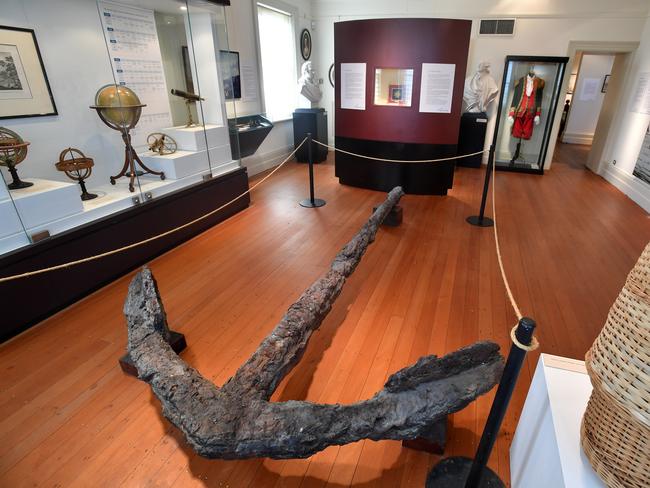
More than 10,000 people have now visited the La Perouse Museum since they took over.
Ms Fea said she was deeply honoured to become the museum’s curator and was working to make the museum “play a major role” in the cultural landscape of Sydney.
“My colleagues and I have all been aware of the incredible stories it has and the many more it can tell.”
Ms Fea’s passion for La Perouse is clear. She is a Randwick local and spends her weekends scuba diving off Bare Island. She was even part of a group of divers who discovered a new species of angler fish in the waters off La Perouse, colloquially known as the Bare Island Angler.
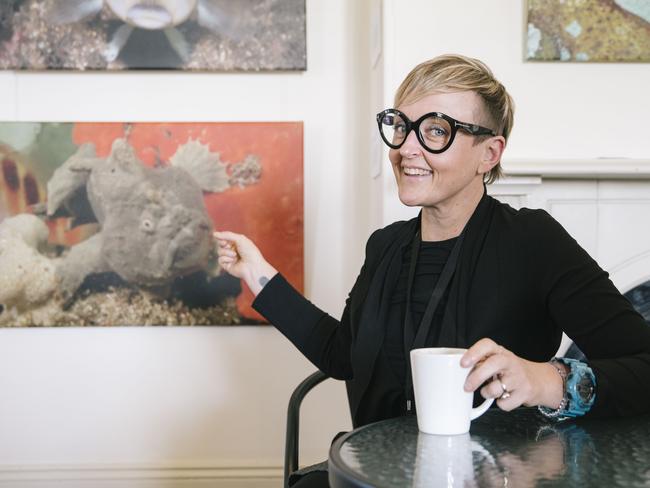
As curator, Ms Fea has mapped out the core “narrative pillars” of the museum.
Apart from the French history it contains, it is also an important place in such a strong indigenous community.
“The Aboriginal stories go back thousands of years.
“We will be exploring a showcase of incredible depth of Aboriginal art in La Perouse, such as shell work in La Perouse which is iconic.”
The final two narrative pillars of the museum Ms Fea is keen to promote are its science and communication history (it’s one of the last intact cable stations in Australia) and the social history of La Perouse, such as the “Snake Man”, the old ferries and the trams.
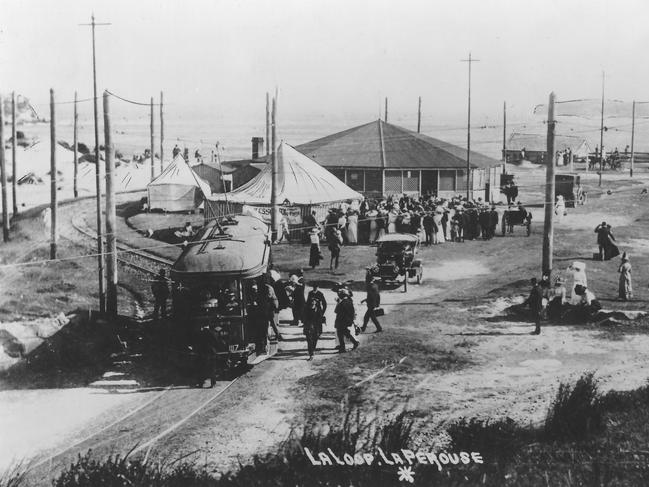
Ms Fea has identified a raft of short-term projects and a longer term vision for the historic museum.
“Basically I’ve been looking at the strength of the museum currently to see what we can still build on in the short term to activate the museum.
“We are looking at an exhibition called ‘La Perouse through the lens’that will be a display of historic photographs with core social themes.”
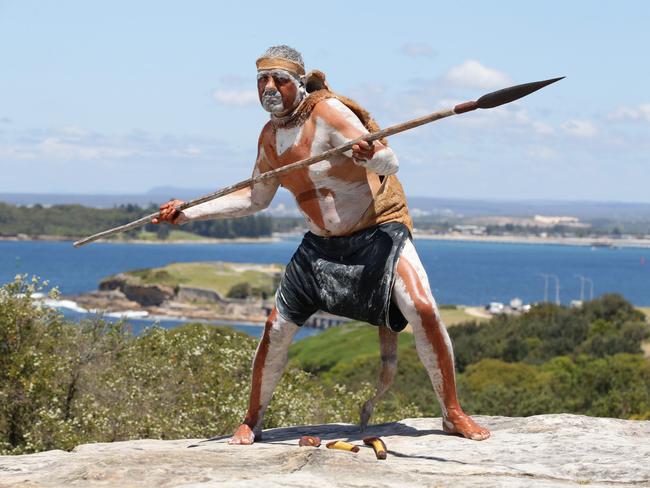
Ms Fea hopes the exhibition will encourage locals to visit and share their photos and stories.
Workshops such as basket weaving and indigenous story telling on the beach also have the potential to take place in the short term, before La Perouse museum’s main refurbishment in the next 12 to 18 months.
THE NEW ARTWORKS
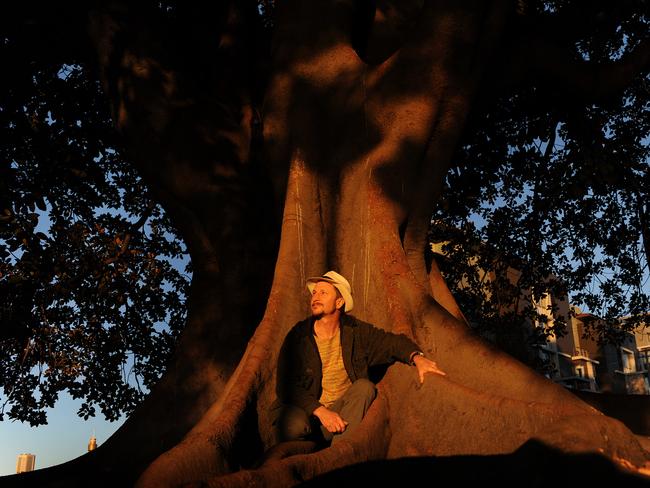
ALLAN GIDDY is one of Australia’s most prominent artists and is a pioneer of using sustainable energy systems, electronic interconnectivity and interactivity embedded in his pieces. He has worked with alternative energy systems in his sculpture for over 20 years. Giddy has proposed the following installations at La Perouse:
AEOLIAN BUILDING
$27,000 — a low-impact installation of tensile wires with microphones capturing indigenous and natural sounds.
WHISPERS
$20,000 — an audio installation in both English and French.
SONIC WELL
$30,000 — sound connection to New Zealand; ambient and conversation.
SUN SPOT/MORSE
$53,000 — an interpretation of site energy production and use visualised using 19th century analog technologies and internal light teamed with a sun capturing installation.
THE GREEK ROOK
$70,000 — a light and wind projection at the Macquarie Tower; an interactive digital and light display reacting to wind and reflecting visitors via projection. Research on the museum’s future uses is also part of the university collaboration and will engage architect Richard Goodwin.
MALABAR’S NEW COASTAL WALK

